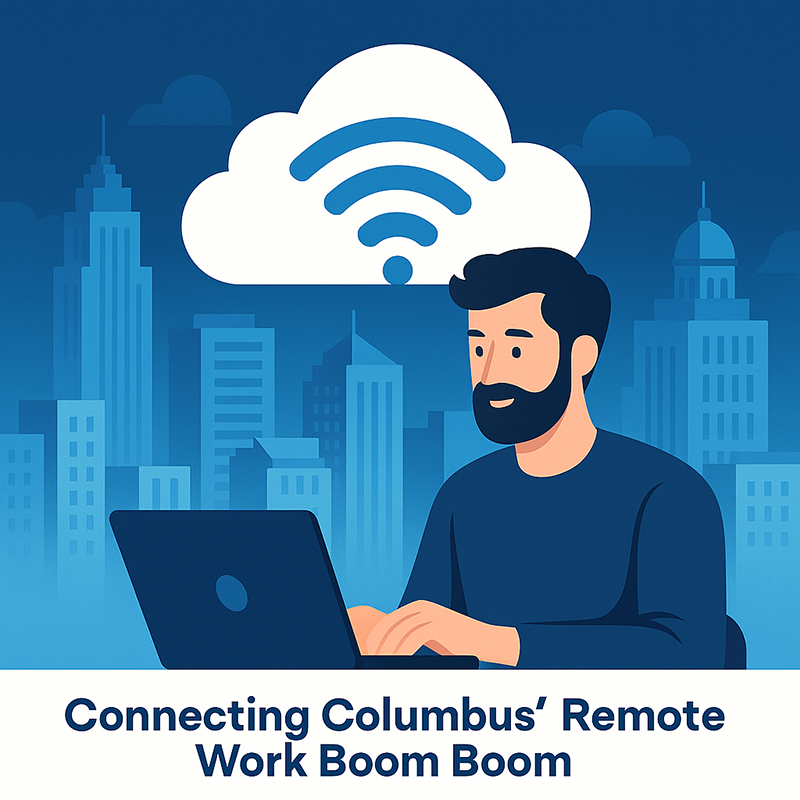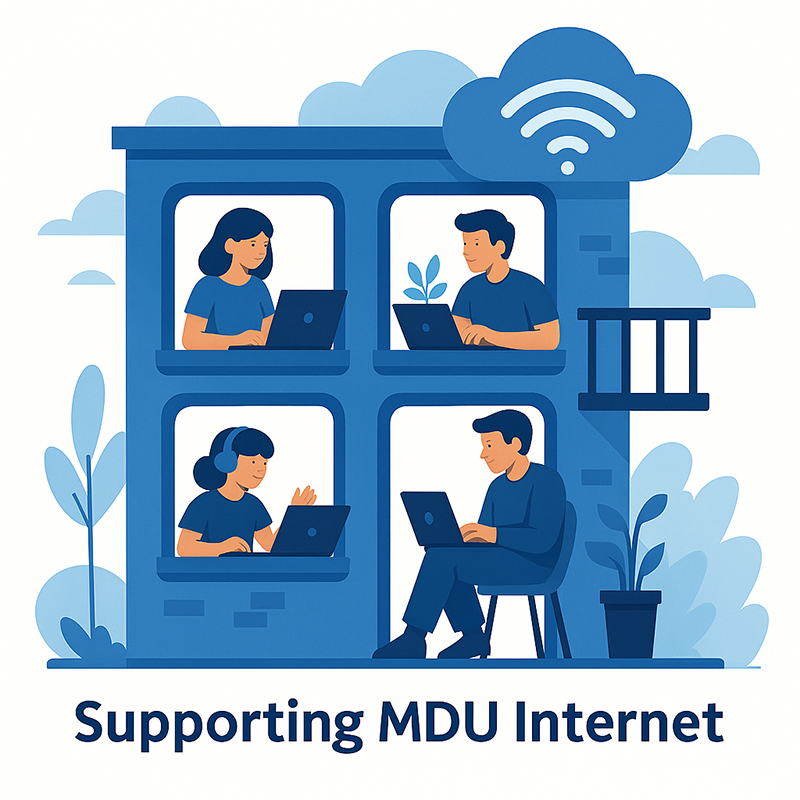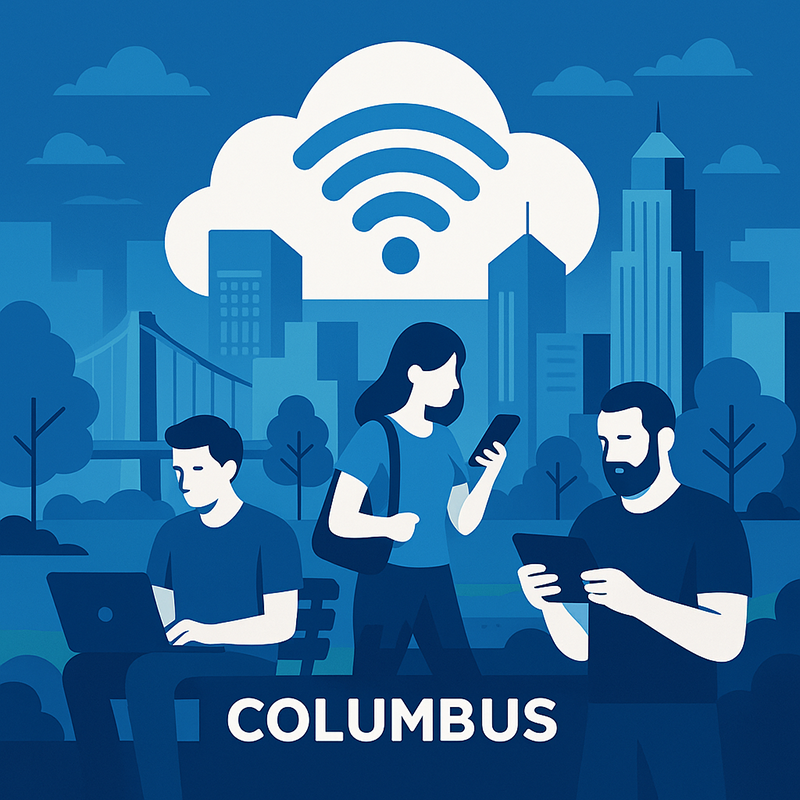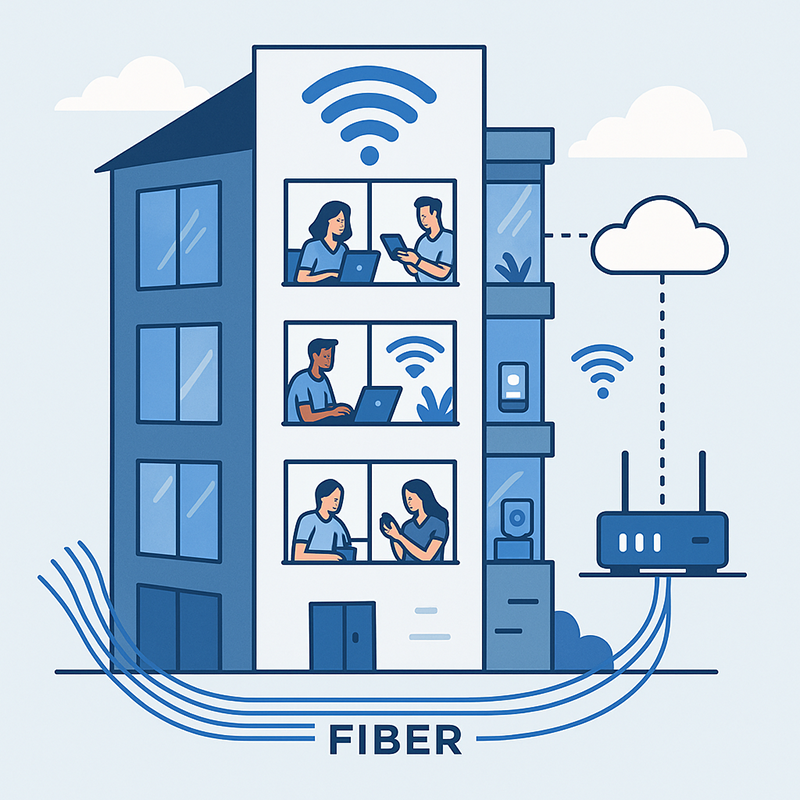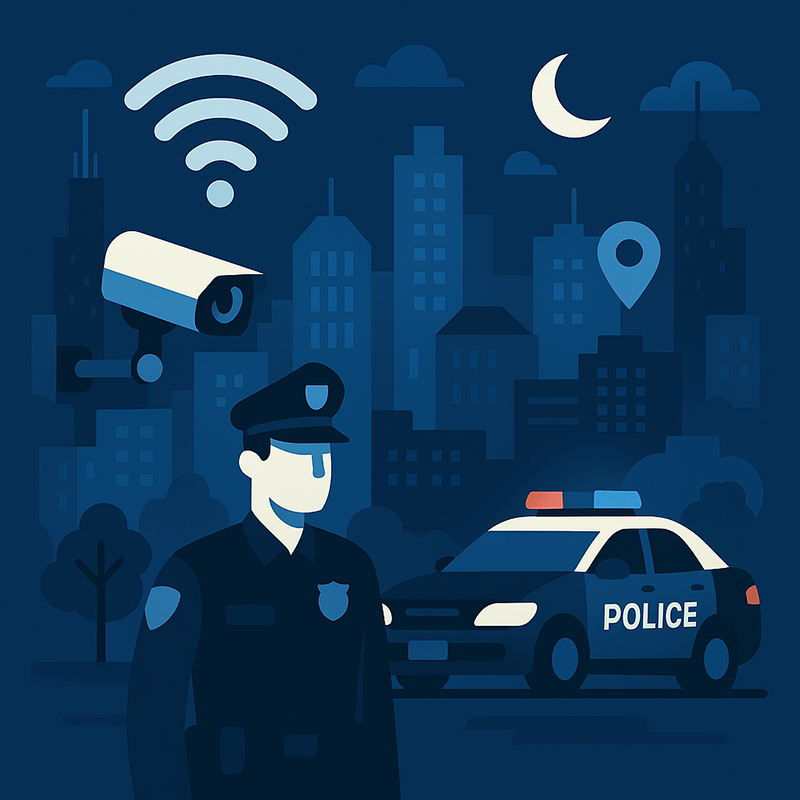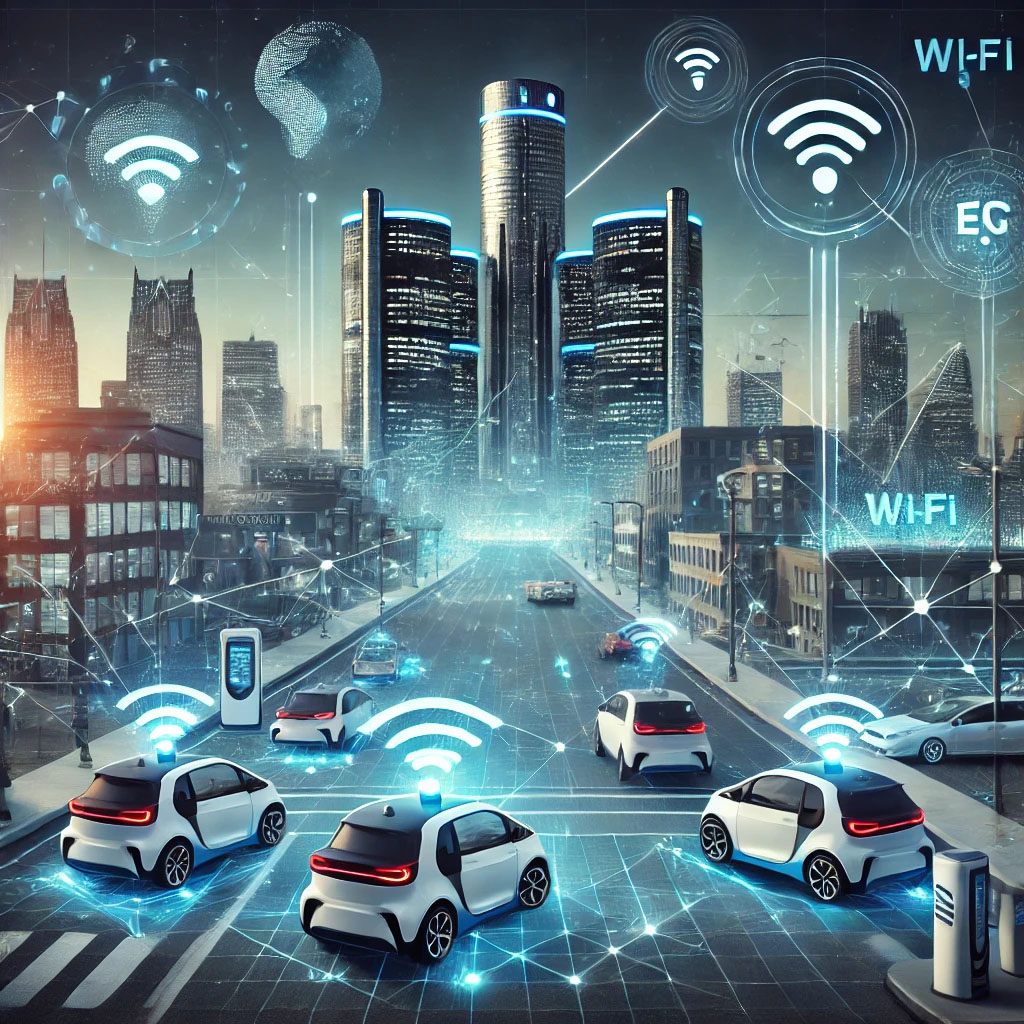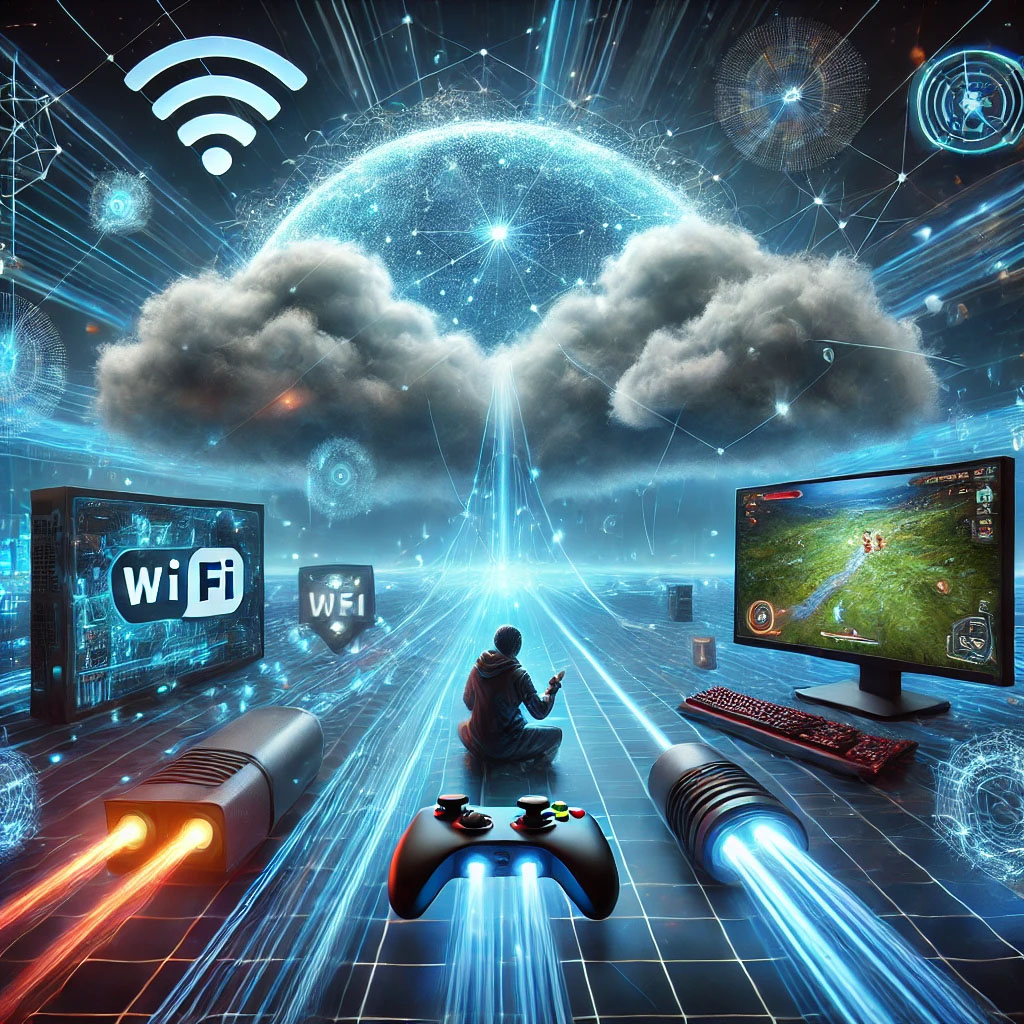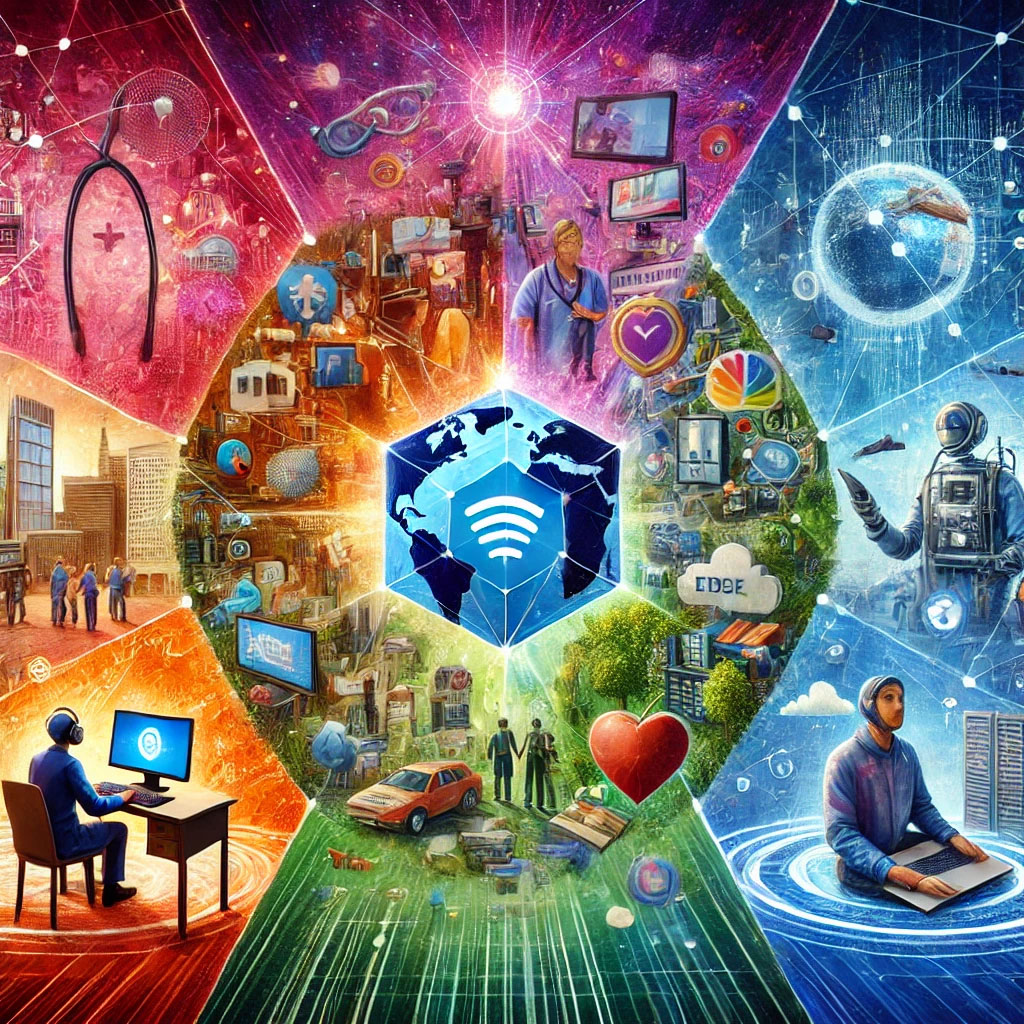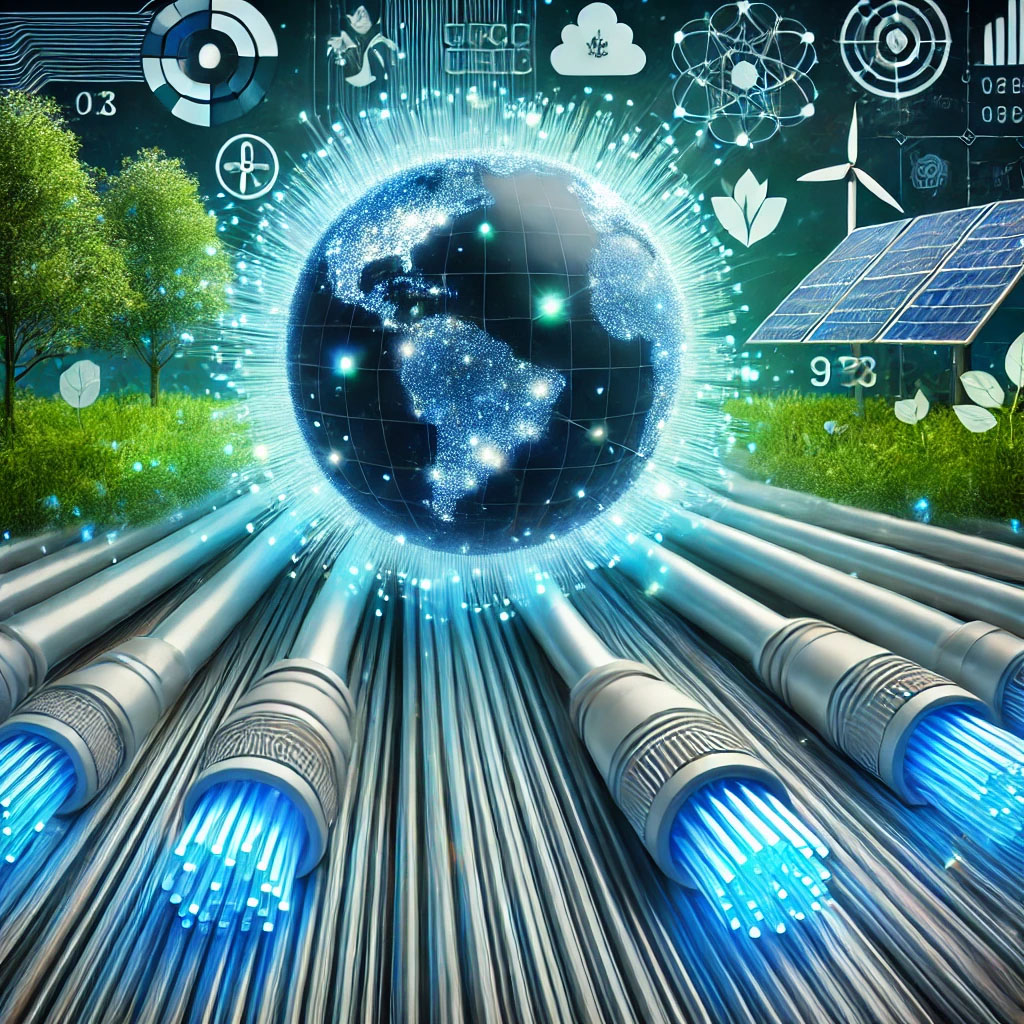When a disaster strikes, such as a hurricane, wildfire, earthquake, or massive power outage, most of us still expect our internet or cell service to remain operational. Luckily, we have infrastructure that can help protect against natural disasters ruining our interconnectivity. But how does this work?
Behind the scenes, a complex and resilient system is at work. Let’s take a closer look at how internet devices and technology keep us connected during emergencies, and how terms like redundant pathways and generators are essential to this conversation.
The Internet: How it Works
For those who are unfamiliar with the inner workings of the internet, it doesn’t operate through a single wire or server. It’s typically comprised of thousands of internet service providers (ISPs), data centers, submarine cables, satellite links, and wireless towers that work together to move data from one point to another.
Taken from the term “interconnected network,” the internet operates through multiple connectors and centers to help your computer communicate with someone else’s. In this way, the internet can be an unstoppable, global force, sometimes unaffected by heavy storms or massive disasters.
Redundant Pathways: The Backbone of Resilience
One of the most crucial strategies for maintaining internet stability is called redundancy. Simply put, this means there are multiple ways for data to travel. Data can be transferred through modes like:
- Fiber Optic Cables: These high-speed lines crisscross through cities and oceans. There isn’t just one line between major cities; there can be thousands of these industrial cables that can send data at super-fast speeds.
- Submarine Cables: Even under the ocean, there are dozens of undersea cables connecting continents. If one is damaged, traffic can be rerouted through a different cable.
- Internet Exchange Points (IXPs): These are centralized hubs where networks connect and swap data. Most countries have several IXPs, creating multiple interconnection points that can help avoid a single point of failure.
This layered approach, involving different devices and cables, means that damage to one part of the network typically doesn’t bring down the entire system.
Backup Power: Keeping the Lights On
Power outages are common in disasters. So, how does your local server or a massive data center stay online when the grid goes down, and what can you do in the event of a power outage?
Generators and Battery Backups
Most major data centers and networking facilities have:
- Uninterruptible Power Supplies (UPS): These are basically super batteries that kick in instantly when the power cuts out.
- Diesel or Gas Generators: A standard household device, these can provide power for hours or even days, depending on the fuel supply.
ISPs and cell towers may also use battery backups to stay online. In some areas, solar panels can provide additional emergency power when your internet gets disrupted.
Network Design: Spreading Out the Risk
Another reason the internet is so resilient is its design. To help maintain internet connection, many believe that “decentralization” is key. This means that instead of one giant server handling everything, the work is distributed across multiple servers in various locations.
This approach of decentralization means that if one server is knocked offline by a wildfire or flood, another one in a different state may be able to pick up the slack. This structure ensures data continues to flow, even when parts of the network are damaged or overwhelmed.
Emergency Protocols: Planning Ahead
Telecom and internet providers invest a significant amount of time and money in preparing for disasters. Usually, major network operators have a disaster recovery plan to help their networks get back online. These plans may include:
- Step-by-step guides for technicians to follow during outages
- Communication protocols to keep staff and partners connected
- Emergency procedures that can automatically switch traffic to backup systems
Real-World Examples of Internet Resilience
Let’s look at a couple of times the internet stood strong in the face of disaster:
- Hurricane Sandy (2012): When the storm flooded parts of New York City, many data centers lost power. But thanks to generators and backup systems, many websites remained accessible to the public. In some cases, companies temporarily relocated their servers to other cities, continuing interconnectivity for those affected.
- Australian Bushfires (2020): Cell towers and fiber lines were damaged by the massive fires during these bushfires. Though many experienced connectivity problems, portable cell towers were rolled out as an interim solution to help restore mobile service to affected areas.
- Invasion of Ukraine (2022): Despite infrastructure damage from war, Ukraine’s internet has remained surprisingly stable. Satellite internet played a significant role in keeping the government and emergency services online, despite the negative impact on the infrastructure.
The Human Component
Technology is only half the story. During emergencies, it’s the people behind the networks that help maintain users’ internet connections. Engineers, technicians, dispatchers, and support teams often work around the clock to keep cell towers and cable networks operating and running accordingly.
In some cases, techs may wade through floodwaters or climb towers in dangerous conditions to restore service. Their planning, training, and dedication are a huge part of why we stay connected during tough times. We may have technological advancements, but without experts, our world couldn’t operate those changes efficiently.
Looking Ahead: Smarter, Stronger Networks
The internet is already strong, but there’s always room for improvement. Future innovations that will improve resilience may include:
- AI-Powered Monitoring: Advanced intelligence may be able to detect issues and reroute traffic instantly.
- Better Integration with Satellites: Merging and connecting satellite networks can help remote and rural areas access low-latency internet.
- Climate-Focused Infrastructure: As the climate changes worldwide, new infrastructure, such as waterproofing data centers and fire-resistant fiber lines, could help maintain the internet during disasters.
Staying online during a disaster isn’t magic; it’s usually a result of smart design, constant planning, creative problem-solving, and hard-working experts. From redundant pathways to emergency generators, from backup satellites to tireless technicians, the internet we rely on every day is built to survive even the worst situations.
So next time a storm hits and your phone still receives and sends text messages, you can thank global internet advancements for keeping your connection afloat.



